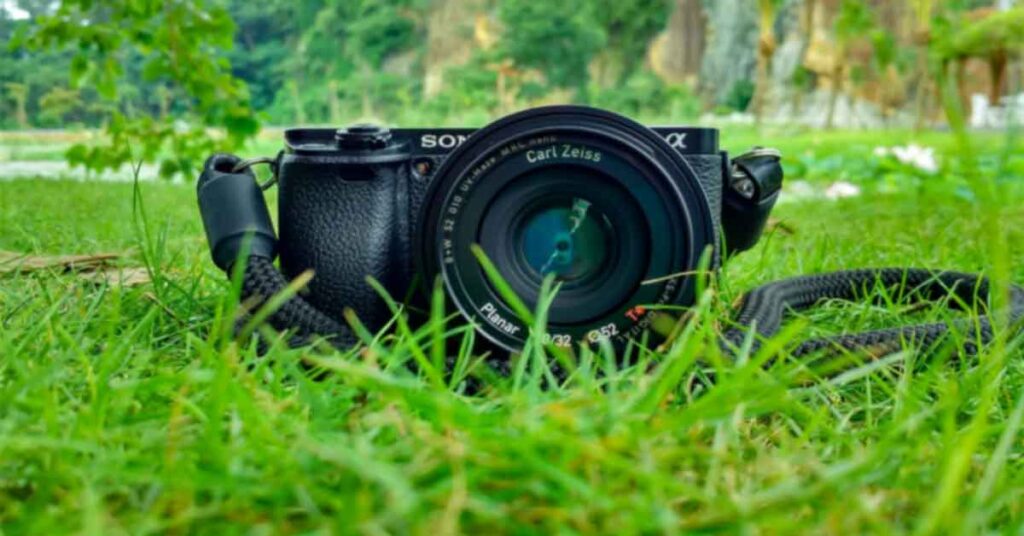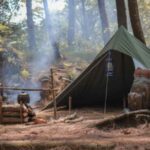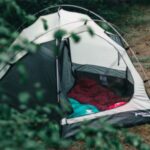Outdoor photography can be an incredible artistic challenge and source of beauty – majestic mountains or tranquil meadows – yet there’s always more beauty waiting to be captured with your lens. So we teamed up with photographer [photographer’s name] to offer some essential outdoor photography tips!

Planning Your Shoot
Plan the Location. Knowing exactly where your shooting will occur allows you to research it beforehand, helping determine optimal light conditions, weather forecasting, and any permits or licenses that might be needed for shooting.
Pack smart: remember your essential gear like camera lenses and tripod, lenses for each lens on it, filters, and extra batteries, as well as sunscreen, insect repellent, and plenty of water!
Prepare yourself for anything! Weather changes quickly outdoors; pack accordingly to ensure everything will run smoothly, and always plan an alternative location in case your original choice doesn’t pan out.
Capturing the Light
Golden hour photography offers photographers a golden opportunity. Light becomes softest and flattering for outdoor photography between sunrise and sunset, creating rich, warm tones in their work.
Use natural reflectors such as rocks, water bodies, or snow as reflectors to bounce the light onto your subject and fill any shadows for even lighting. Doing this may help alleviate shadowing issues while producing more even lighting conditions overall.
Don’t fear shadows – they can add depth and dimension to your photos if used wisely! Just be wary not to let them overpower the subject matter in any shot!
Composing Your Shots
A good rule of thirds composition will enhance any shot by placing subjects near one of the intersections for more pleasing compositions.
Lead your viewer’s eye into your photo by including natural lines such as roads, fences, and rivers as leading lines in your photo compositions.
Fill your frame. Get close to your subject to fill up all available space within your frame for a more intimate feeling and create more of an impactful visual.
Experiment With Alternative Angles
Play around with different camera angles. Don’t shoot from eye level; experiment by getting down low or up on a hill for different perspectives.
Filters give your photos extra depth of color, warmth, or diffusion. Be creative. Don’t be intimidated to experiment with various techniques and styles – your imagination is your only limit!
Enjoy yourself! Outdoor photography is a fantastic way to discover and record our world, so grab your camera and get out there!
Bonus Tips
Secure Your Gear. A reliable camera bag can protect all your equipment against environmental factors and threats like dust.
Leave no footprint. Always act with environmental concerns and leave no trace of your visit behind.
Share Your Photos Online or Offline
Hope these tips help you capture stunning outdoor photos on your next journey – remember to tag us! We look forward to seeing all your beautiful creations.
Happy shooting!
In addition to providing tips, [photographer’s name] also shared some personal insights regarding outdoor photography:
“Experience is the key to true learning. Get out there and start shooting!”
“Don’t be intimidated by making errors; that is how we learn and grow. Don’t fear taking risks as learning opportunities.”
“Have fun and enjoy the process!” is of utmost importance.
Hope you enjoyed reading our blog post and welcome any inquiries below by leaving comments! We look forward to your participation and reading any responses left down by you, should any arise!
What is the Rule of Thirds in photography?
Rule of thirds composition techniques can elevate your photography from good to great. A powerful yet straightforward solution, they allow photographers to compose more balanced and pleasing photographs.
What is the Rule of Thirds?
Photographically, the Rule of Thirds divides your frame into nine equal squares using two equally spaced horizontal and vertical lines intersecting at four power points. According to this rule, photographers should place subjects they want to be photographed on one of these power points for better compositions.
Why does the rule of thirds work?
Human eyes tend to gravitate toward points where lines intersect, creating tension and interest within an image by placing your subject near one of these potent points. Doing this helps avoid making images appear static or dull by centering subjects as seen through traditional lenses.
How to use the Rule of Thirds (RF3)
There are various techniques you can employ the rule of thirds to enhance your compositions; here are just a few suggestions:
Place your subject near one of the power points.
Employ leading lines in your scene to draw viewers towards one or more powerful elements.
Center the horizon over one of the horizontal lines.
Apply the rule of thirds when framing natural elements such as trees, mountains, or rivers.
Breaking the Rule of Thirds
Though the rule of thirds provides helpful guidance, it should be seen as something other than an unbreakable rule. There may be instances in which breaking it may produce more captivating or impactful photos, but for beginners in photography, it would be prudent to follow its guidelines to help develop compositional skills and develop your compositional techniques.
Here are a few examples of how you can break the rule of thirds:
Place the subject at the center of the frame for an effective, balanced composition.
Create the illusion of movement and energy using diagonal lines.
Fill your frame with your subject for an intimate shot.
Tips to assist in understanding and applying the Rule of Thirds
Turn on the grid overlay in your camera’s viewfinder.
Use post-processing software to add grids over your photos.
Look for examples of photographers using the Rule of Thirds in their work.
Practice will allow you to use the rule of thirds more successfully to create visually engaging photographs.
Conclusion
We hope this blog post has inspired you to venture outdoors and capture stunning photos with your camera! With some planning and practice, stunning shots should come quickly in no time!









